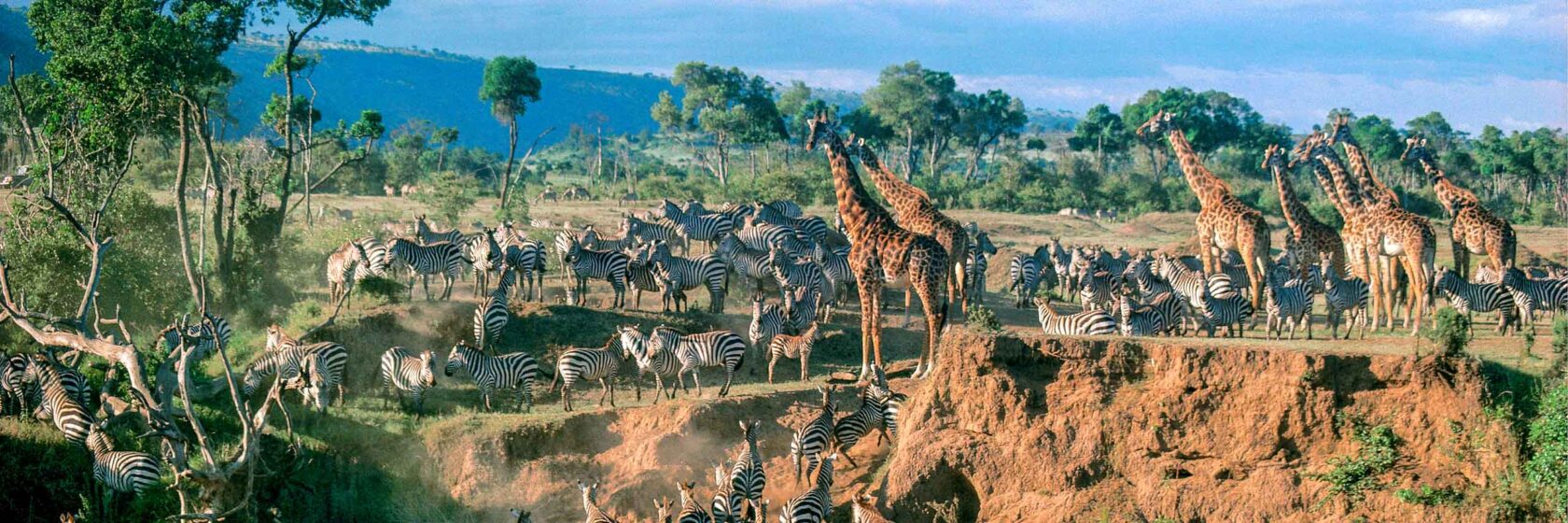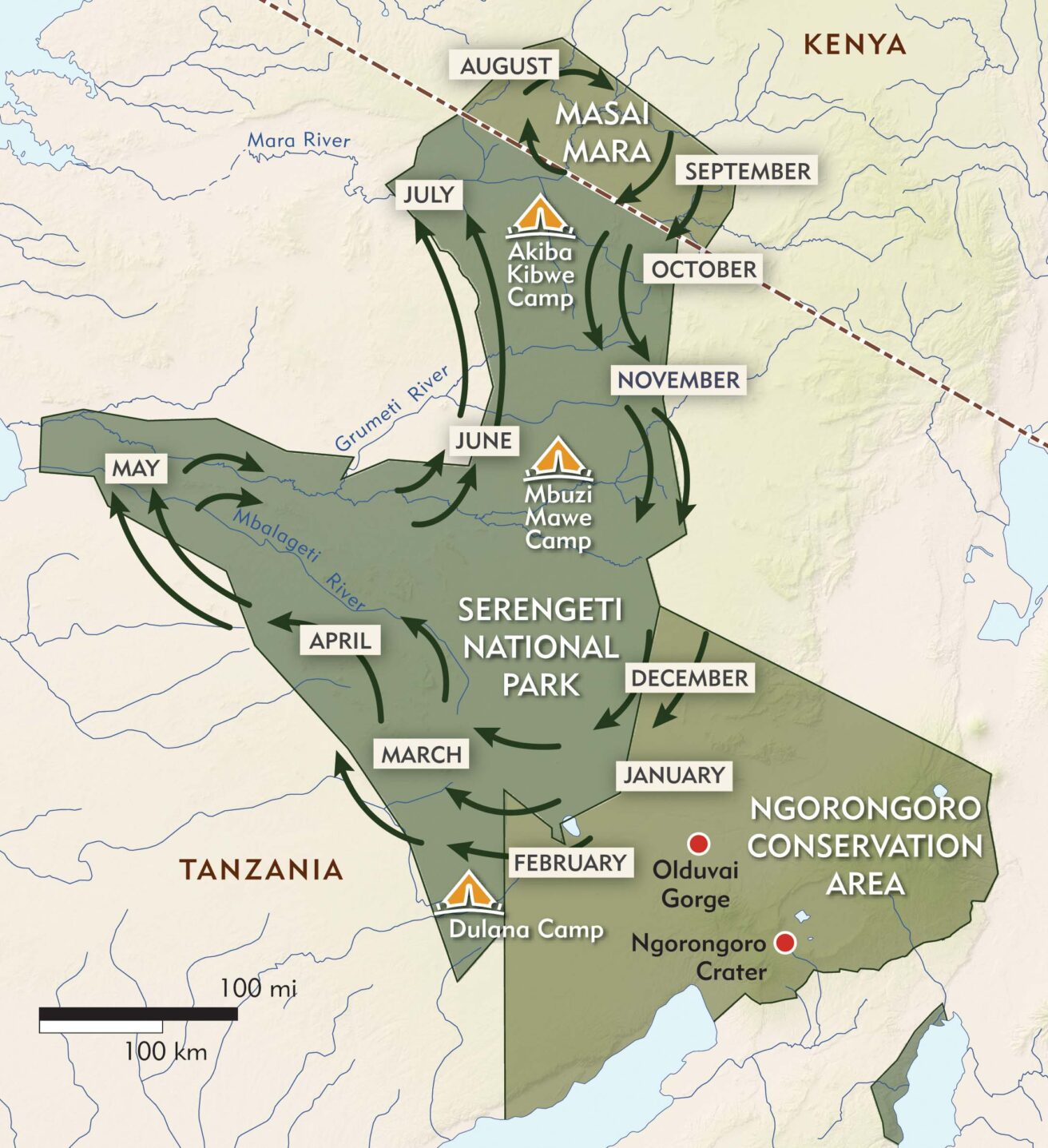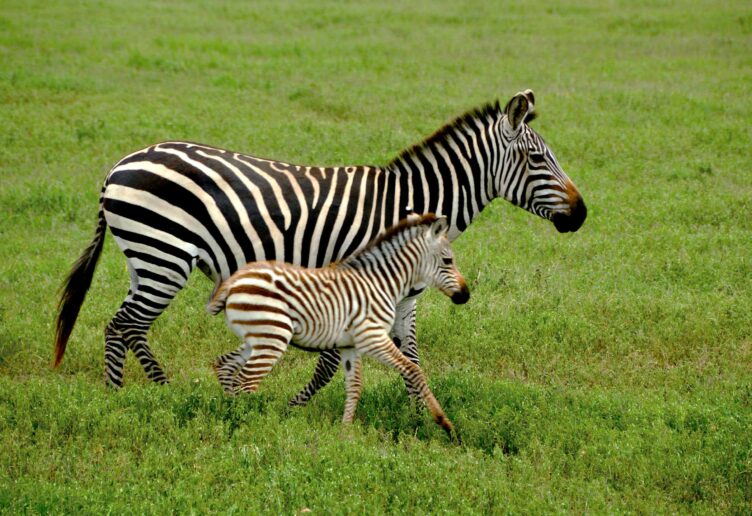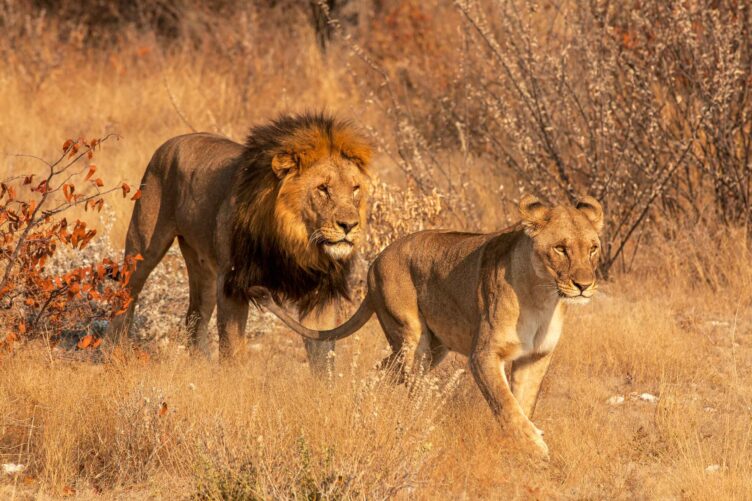
Tanzania
The Best Time to See the Great Migration

What is the Great Migration?
The Great Migration is the largest mass movement of land mammals on Earth, when more than a million wildebeest—along with hundreds of thousands of zebra and gazelle, stalked by predators like big cats and hyenas—circle through the Serengeti plains in Tanzania and Masai Mara Reserve in Kenya. Following instinct and the scent of moisture, the herds move clockwise from their calving grounds in the lush plains of the southern Serengeti, moving to the northern Serengeti as the plains dry out, and spending the summer and early fall here before heading south again in the fall to repeat the cycle. The scale of this event, and the encounters between predator and prey, offer an extraordinary and unequalled wildlife spectacle. Witnessing it firsthand is an awe-inspiring privilege.
When is the best time to see it?
The short answer is that you can’t go wrong, because the migration never truly stops. Whenever you choose to go, the wildlife experiences are always extraordinary. We move our Serengeti camps seasonally to follow the herds, giving you access to world-class game viewing on every departure. Wilderness Travel offers our flagship Great Migration Safari in two seasons: from December through March, when the migration is in the south and the wildebeest give birth and nurture their calves, and from June through October, when the herds mass at the northern end of the park, preparing to cross the Mara River into Kenya.

Southern Serengeti
December through March
More than two million years ago, volcanic eruptions spewed ash and debris onto the southern Serengeti plains, enriching the surrounding soil. As a result, lush grasses grow here in the green season—making it the perfect feeding ground for pregnant wildebeest to graze and produce nutrient-dense milk. Over a period of just a few weeks, females give birth to more than 300,000 calves; the presence of these wobbly-kneed newborns draws predators like big cats and hyena.
Our Dulana Camp sits near their migratory route, where columns of wildebeest can be seen stretching for miles, sometimes passing right by the camp itself! This is also an excellent time of year for bird-watching, as there is an abundance of migratory flocks passing over the plains.

Northern Serengeti
June through October
By this season, the herds will be in the northwest, having made their way from the western corridor of the park, and by June arriving at the Grumeti River, which now runs low and teems with opportunistic Nile crocodile. As the main body of the herd continues north over the summer months, wildebeest mass on the banks of the Mara River in incredible numbers before the hardest single part of their long journey: a dramatic, life-or-death river crossing into Kenya.
Our Akiba Kibwe Camp is ideally positioned by the Mara River to for easy access to one of the greatest wildlife shows on Earth. We spend several days here, giving us a great chance of witnessing the dramatic river crossings made so famous in many wildlife documentaries. Our June departure also stops by the beautiful Grumeti River for one night at our Mbuzi Mawe Tented Camp as many of the migrating herds are still in this more central section of the park at this time of year.
Learn More
Talk to an Expert
Our Africa Specialists know every detail about our Great Migration safaris. They will be happy to answer any questions and help you choose the journey that’s right for you. Contact us to learn more or book your trip today!



